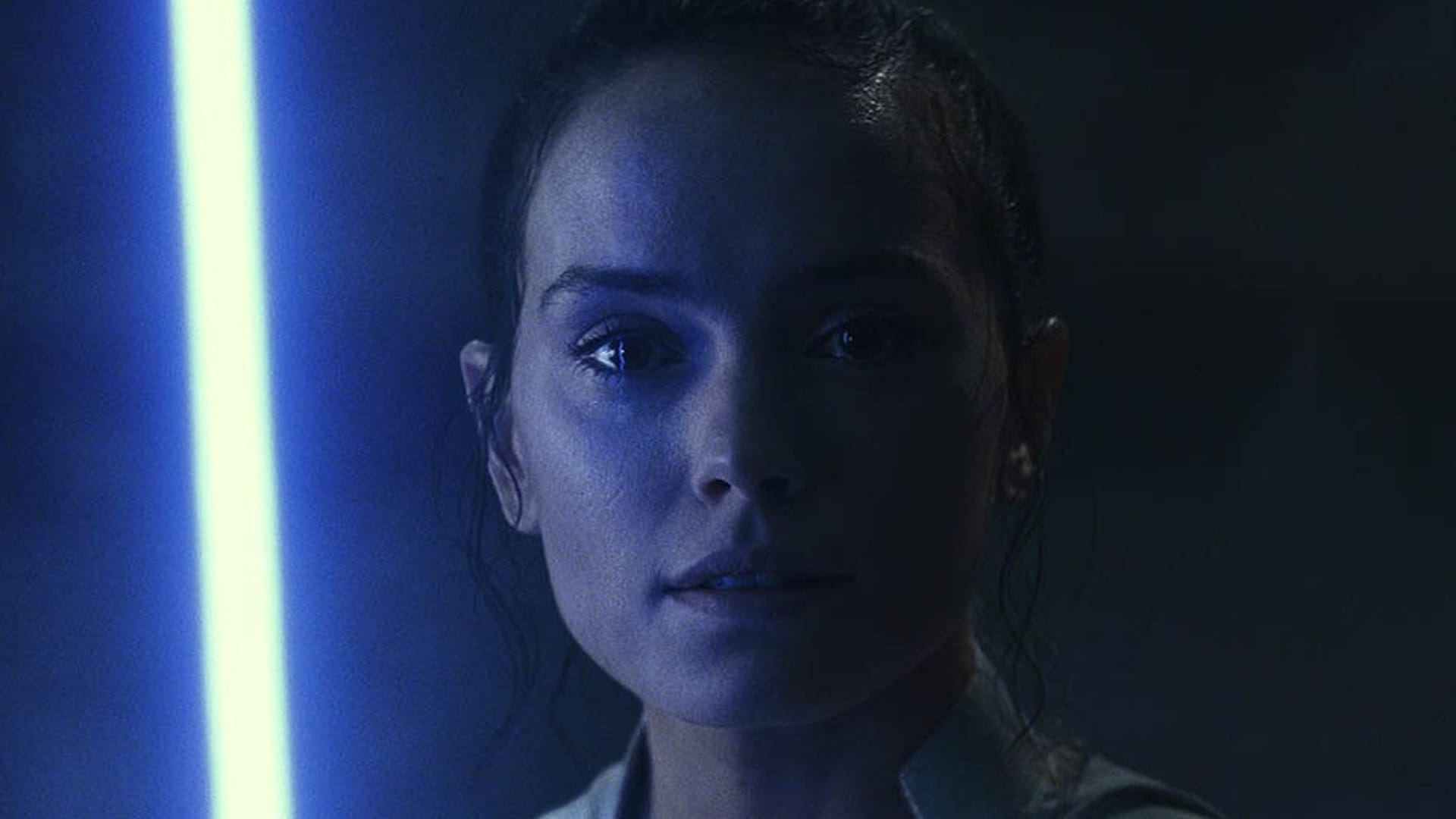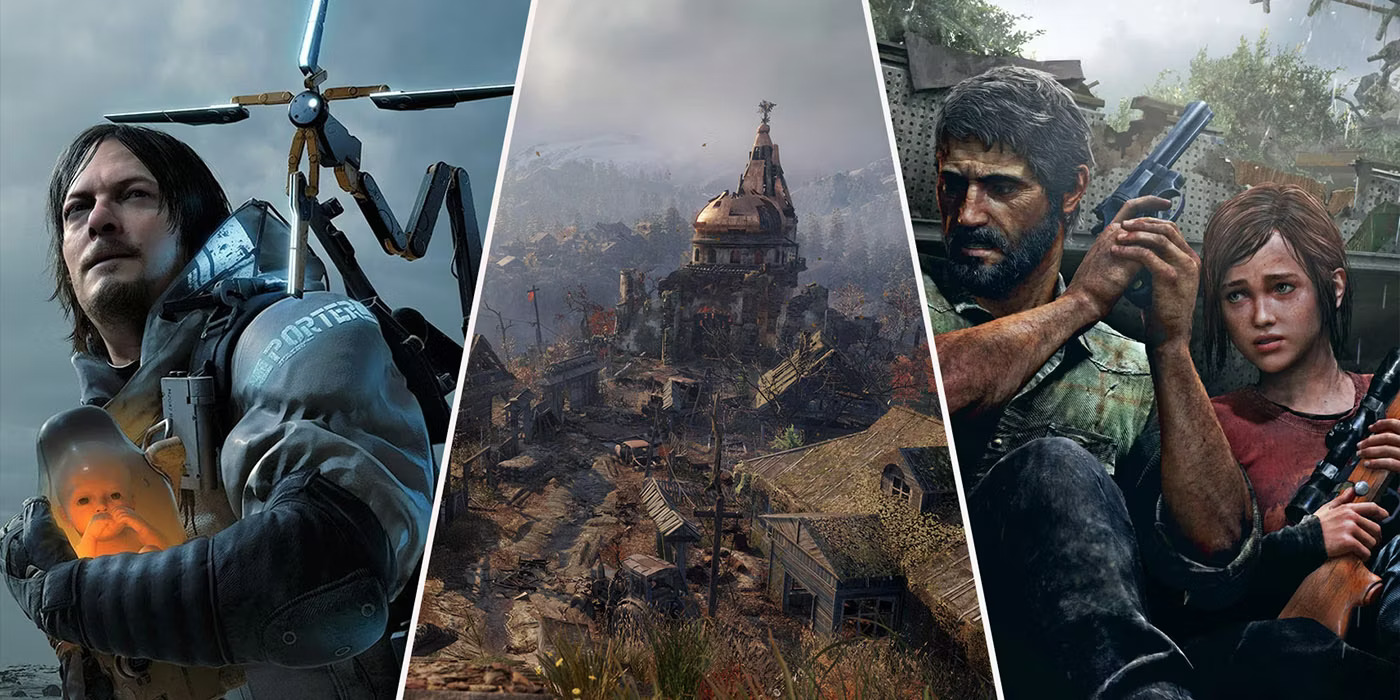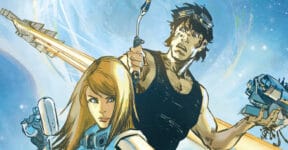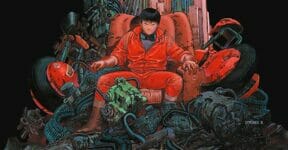From sorcerers trapped in ultramodern cities to shamans revered in post-apocalyptic societies, the fusion of magic and technology offers endless narrative possibilities. Authors, filmmakers, and game developers constantly devise innovative ways to blend these seemingly disparate elements. But no matter how unique the story, certain tropes frequently emerge.
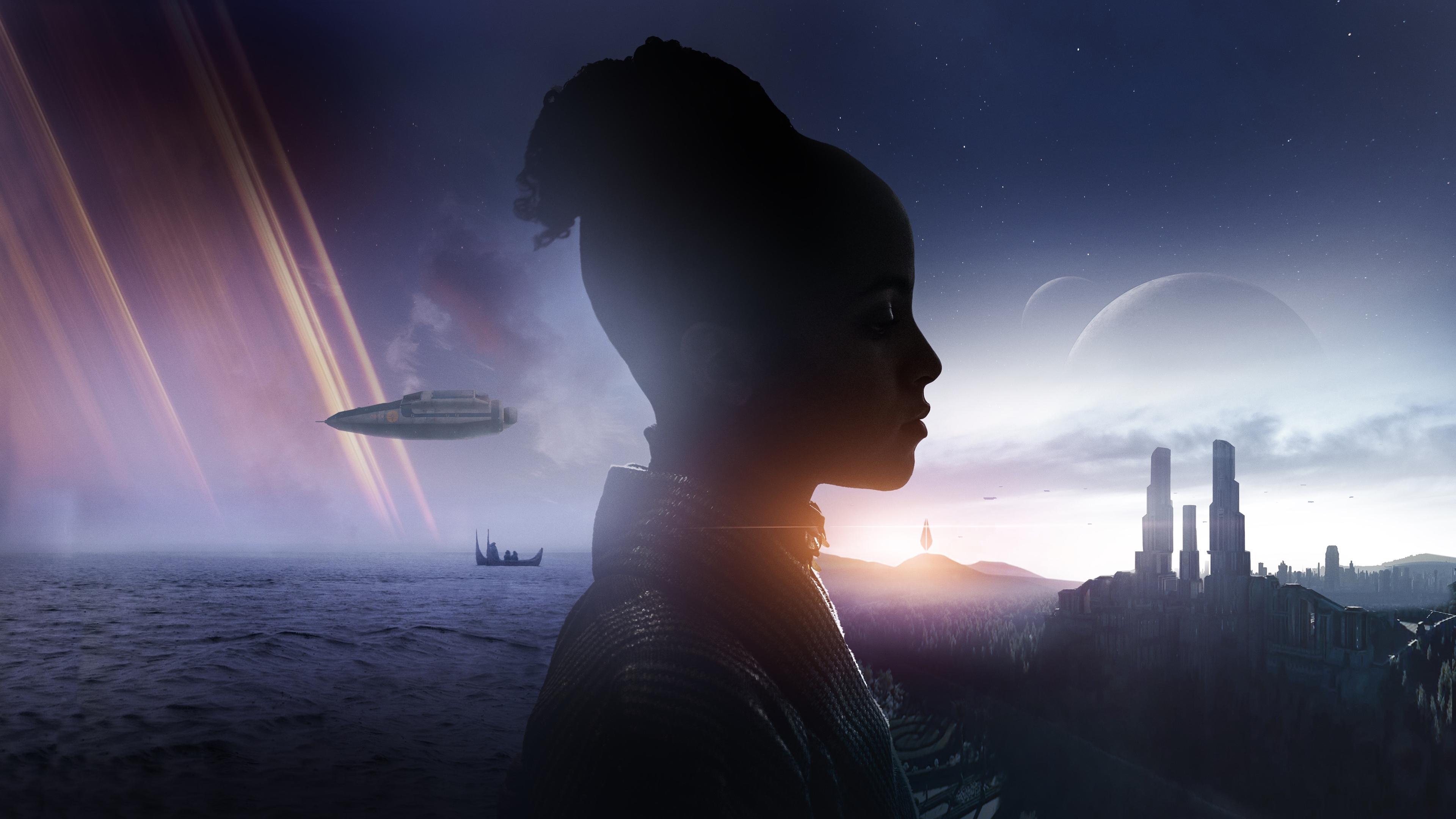
Magic as Advanced Science
One of the most common tropes frames magic as a yet-undiscovered scientific principle. As Thor eloquently put it in the Marvel Cinematic Universe, “Your ancestors called it magic, but you call it science. I come from a land where they are one and the same.” This concept allows magic and technology to coexist and even influence each other.
Star Wars exemplifies this trope, seamlessly blending lightsabers and spaceships with the mystical Force. Similarly, the sci-fi series The Orville features alien cultures with abilities that blur the line between the supernatural and advanced biology.
High Fantasy in Futuristic Settings
High fantasy, exemplified by works like A Song of Ice and Fire and The Lord of the Rings, traditionally features “secondary world” settings with epic adventures, mythical creatures, and prevalent magic. To incorporate technology, the worldbuilding can borrow from sci-fi, introducing futuristic elements without jarringly contrasting the established fantasy aesthetic. Dune and the Avatar films demonstrate this approach.
Dying Earth
The Dying Earth subgenre, pioneered by Jack Vance, portrays a world in its twilight years. Resources are depleted, knowledge is lost, and remnants of advanced technology are perceived as magic. This trope often appears in post-apocalyptic or end-of-the-world narratives.
M. John Harrison’s Viriconium series also explores this theme. The animated series Adventure Time offers a whimsical take on the Dying Earth, depicting a post-apocalyptic world where magic and remnants of technology coexist.
Reimagined Mythical Creatures
Mythical creatures are a staple of high fantasy. Anne McCaffrey’s Dragonriders of Pern series reimagines dragons through a sci-fi lens. These dragons are genetically engineered creatures with biologically explained abilities, such as fire-breathing (through the ingestion of phosphine-rich rocks) and teleportation.
The Power of Fusion
The science fantasy genre excels at finding innovative ways to merge the imaginative elements of science fiction and fantasy. This fusion allows creators to explore a wider range of themes and worldbuilding possibilities than either genre could achieve alone. While sci-fi often focuses on hypothetical technological advancements, and fantasy delves into the supernatural, their combination creates a unique and compelling narrative space.
What are your favorite science fantasy tropes? Which ones do you think best represent the fusion of magic and tech? Share your thoughts in the comments below!
Other Things You Might Want to Know
Books Blending Tech and Magic (for Young Readers):
- Zachary Ying and the Dragon Emperor by Xiran Jay Zhao
- Skandar and the Unicorn Thief by A.F. Steadman
- A Wrinkle in Time by Madeleine L’Engle
- Artemis Fowl by Eoin Colfer
- Percy Jackson and the Olympians series by Rick Riordan
Animated Films with Sci-Fi/Fantasy Elements:
- Treasure Planet
- The Iron Giant
- Atlantis: The Lost Empire
- Big Hero 6
- Akira
- Howl’s Moving Castle
- Spider-Man: Into the Spider-Verse
Science Fantasy vs. Urban Fantasy:
The key difference lies in the setting. Urban fantasy focuses on contemporary cities where magic intertwines with everyday life. Science fantasy encompasses broader landscapes, including otherworldly realms, space empires, and post-apocalyptic planets.

